
Posted on 04/06/2015 4:14:39 AM PDT by Homer_J_Simpson


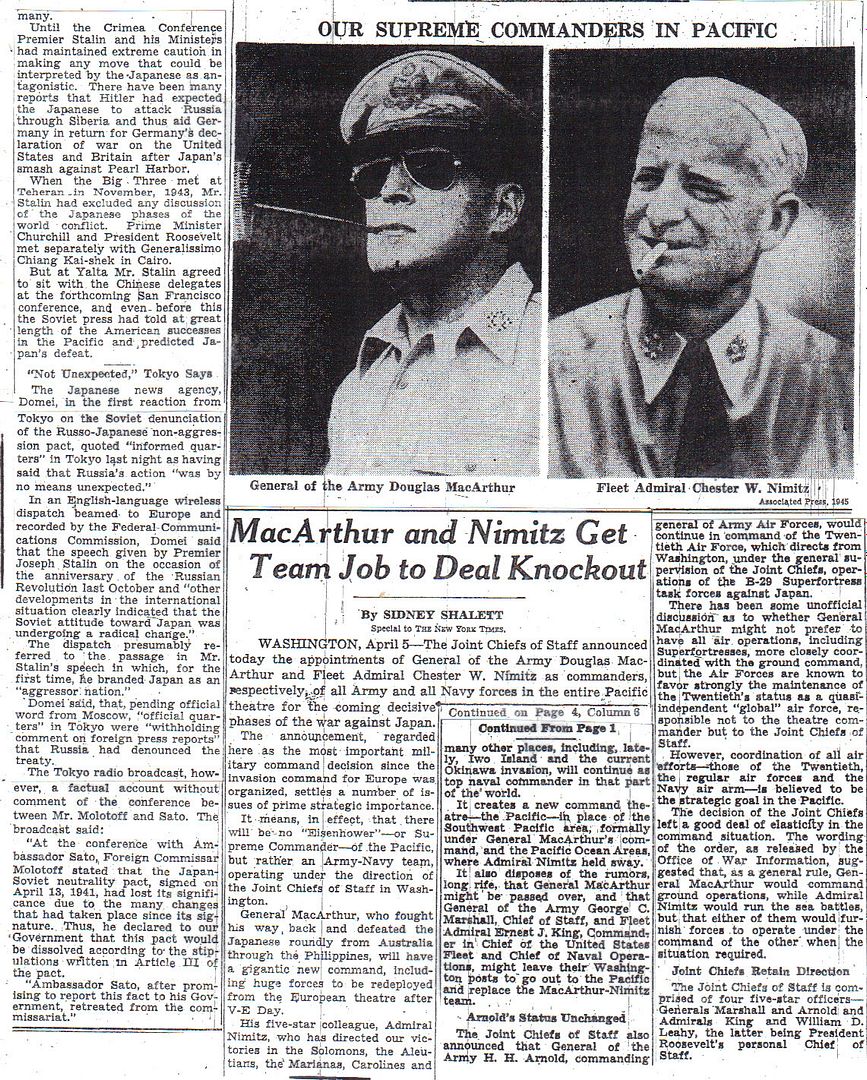

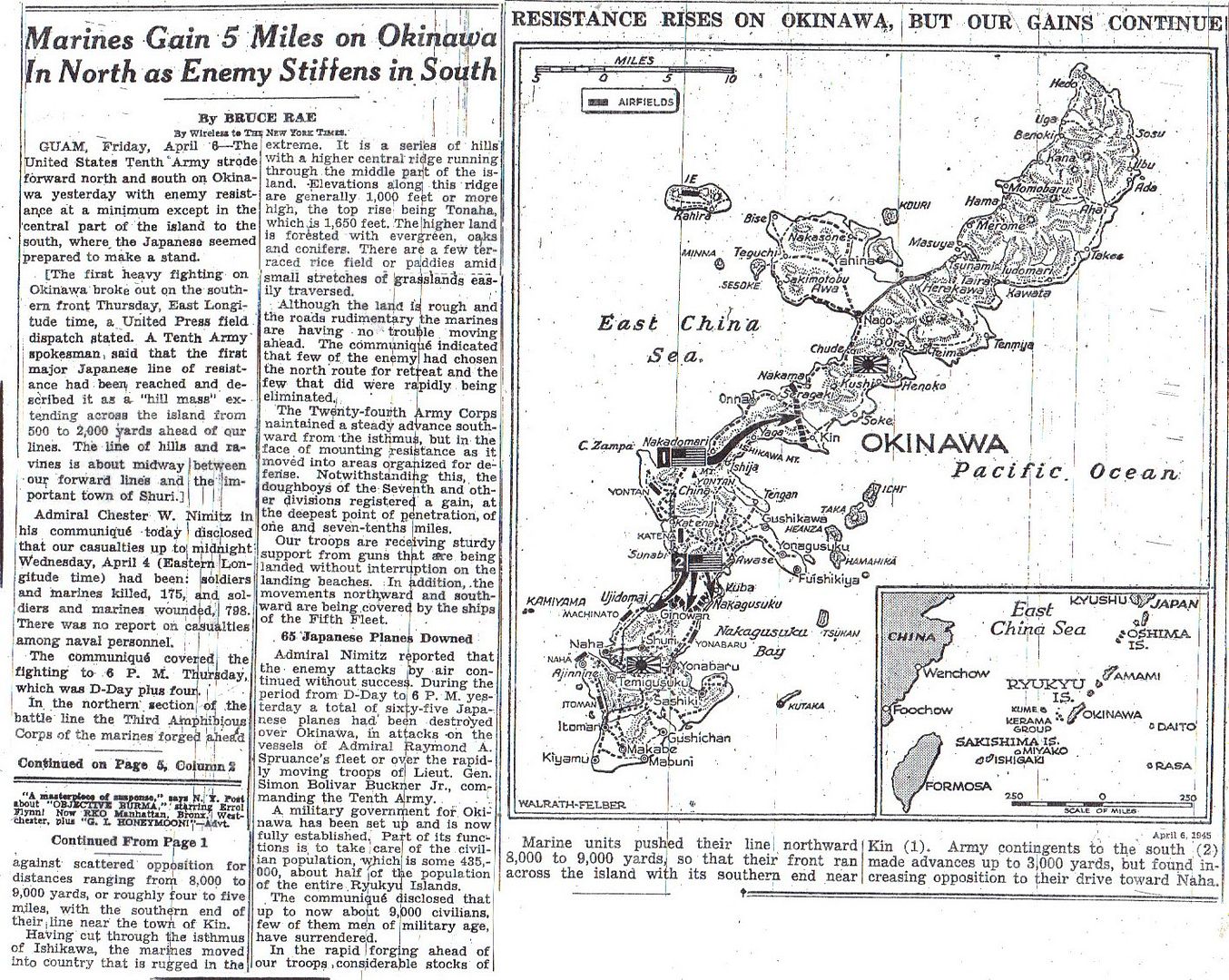
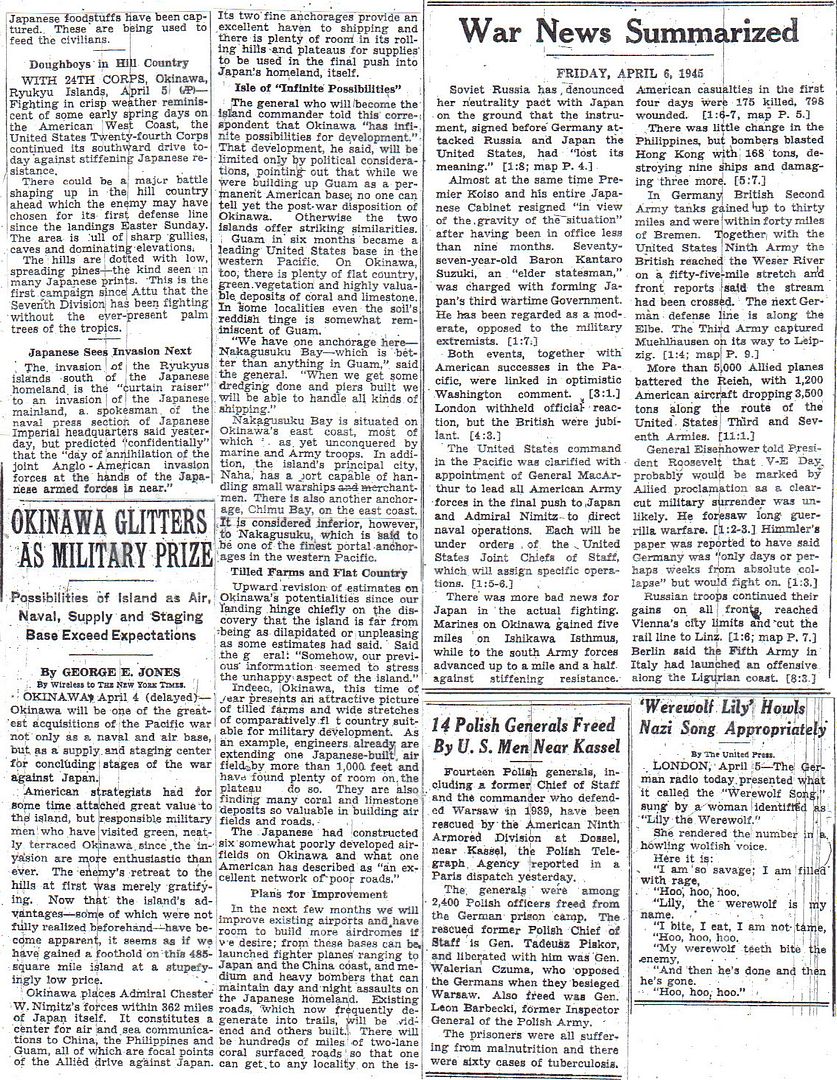
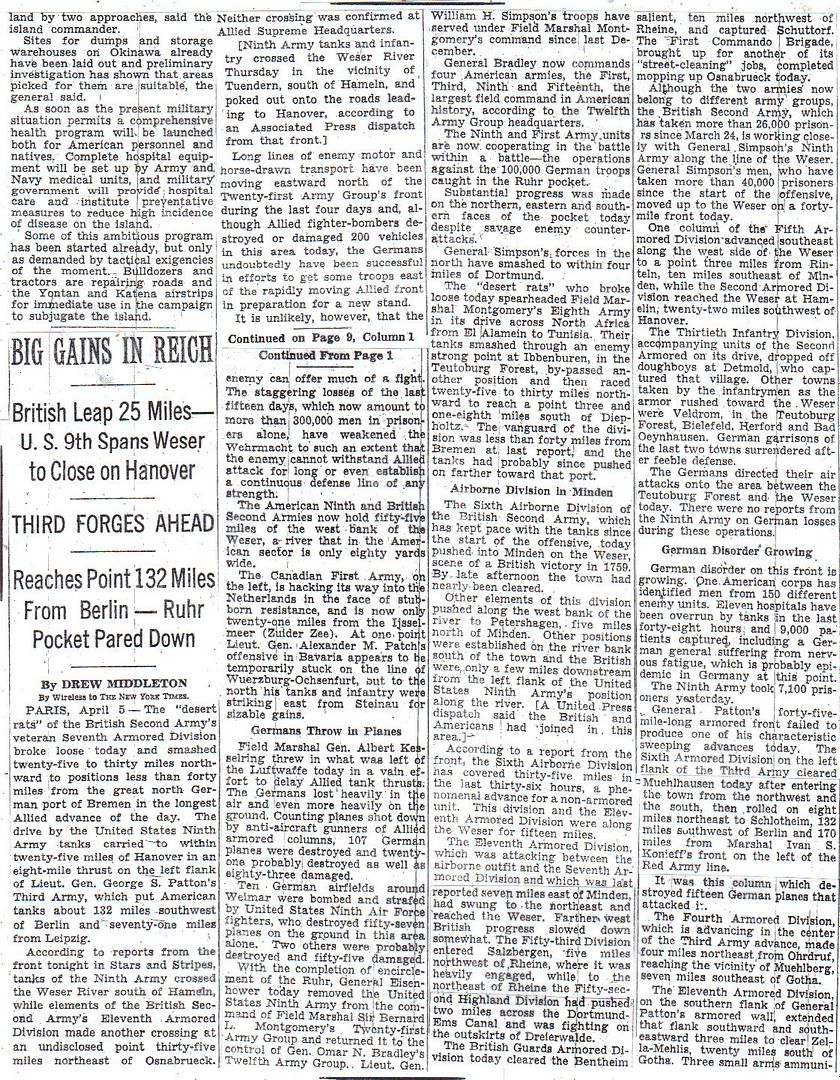
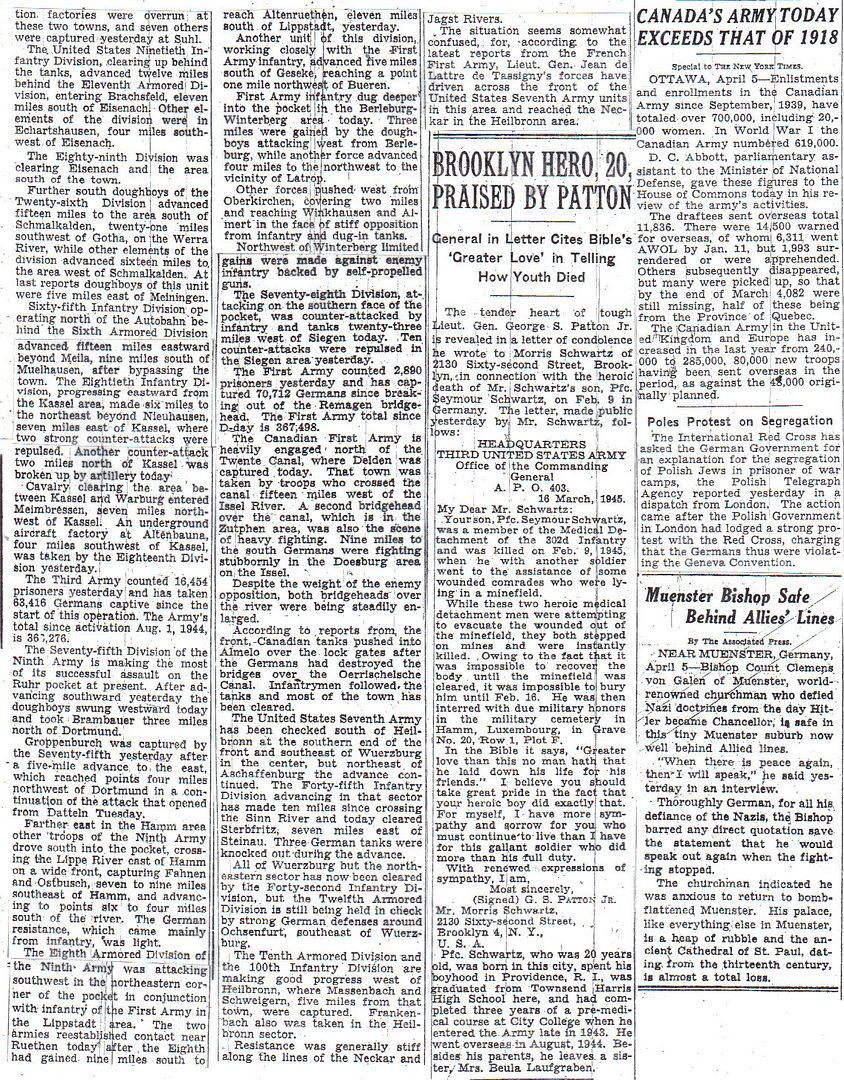


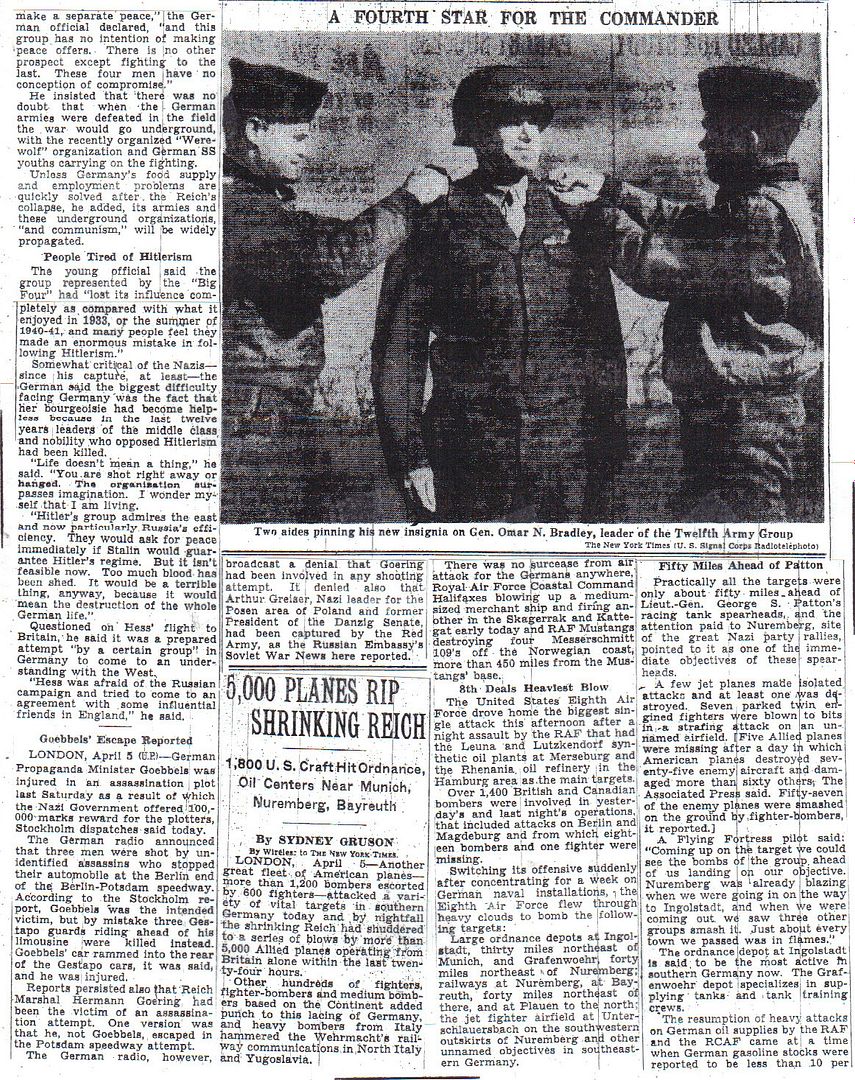
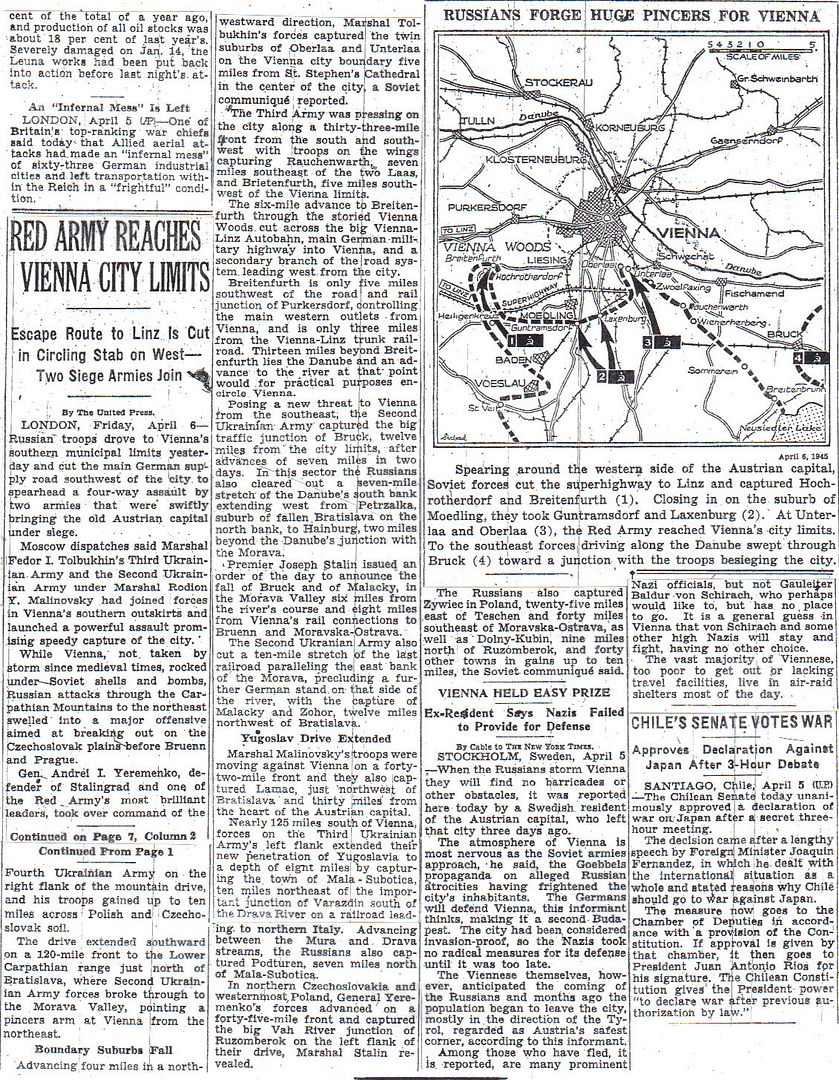
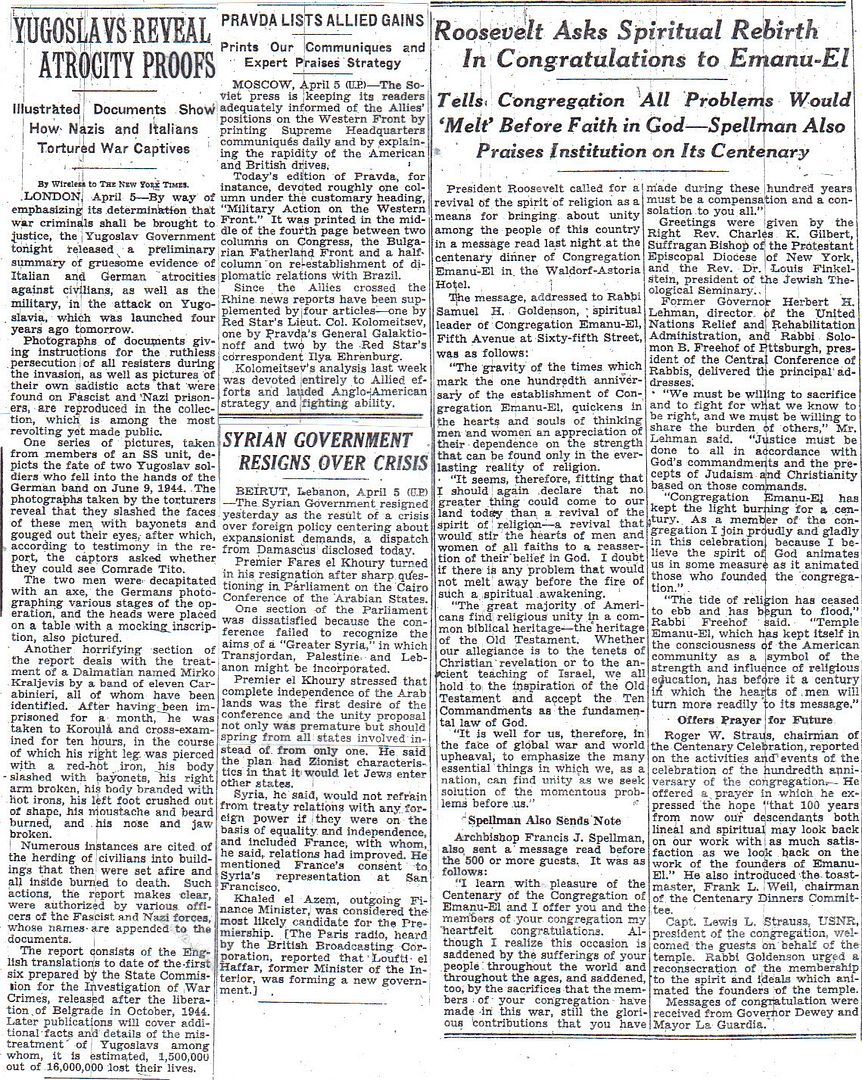

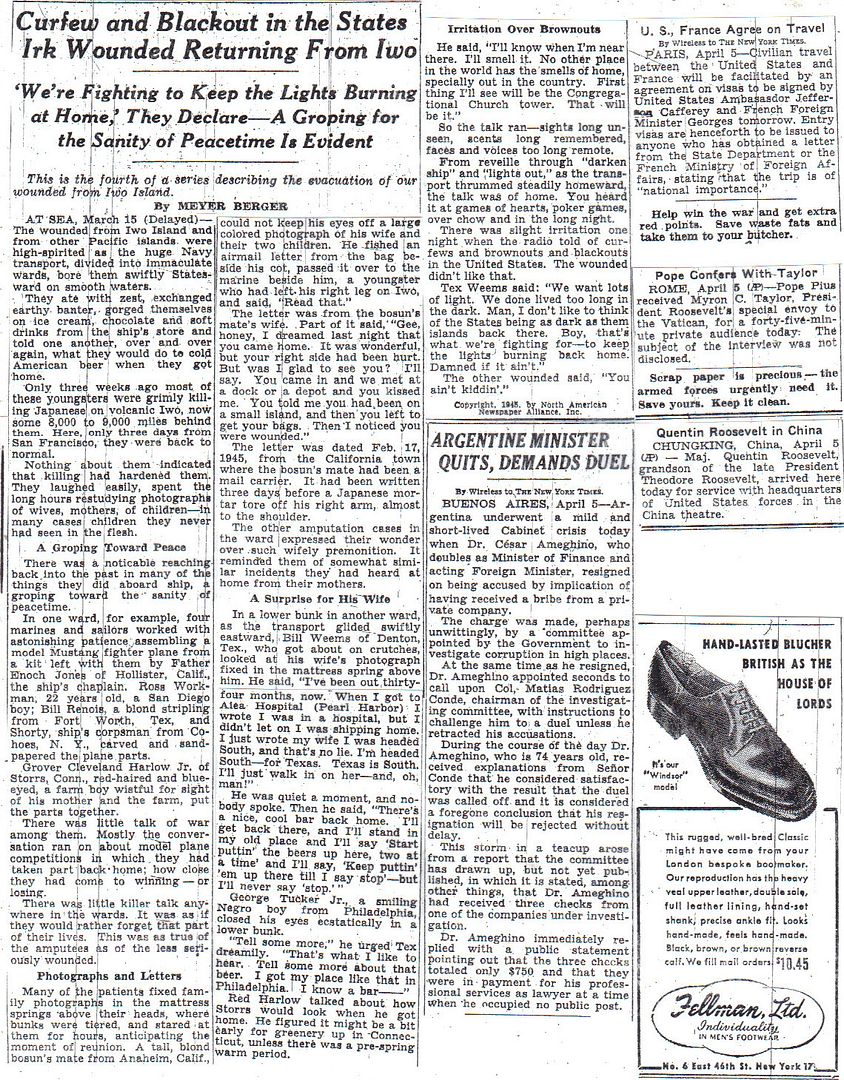
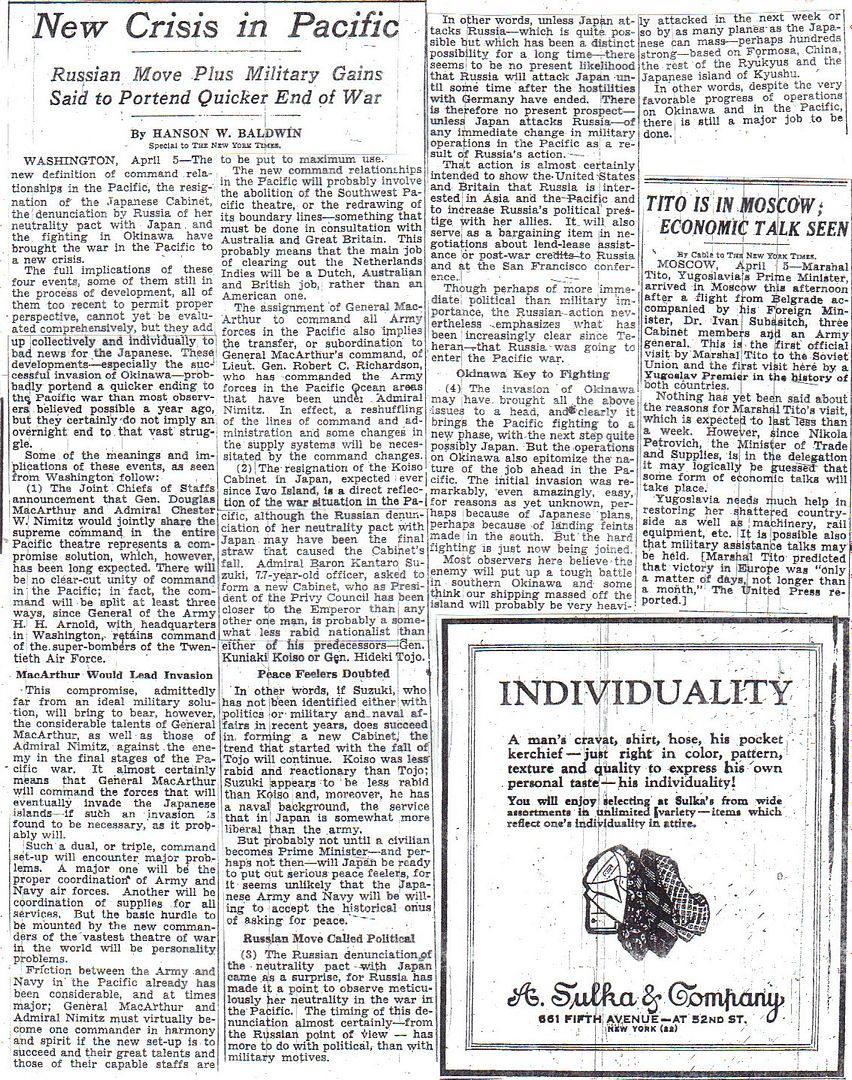


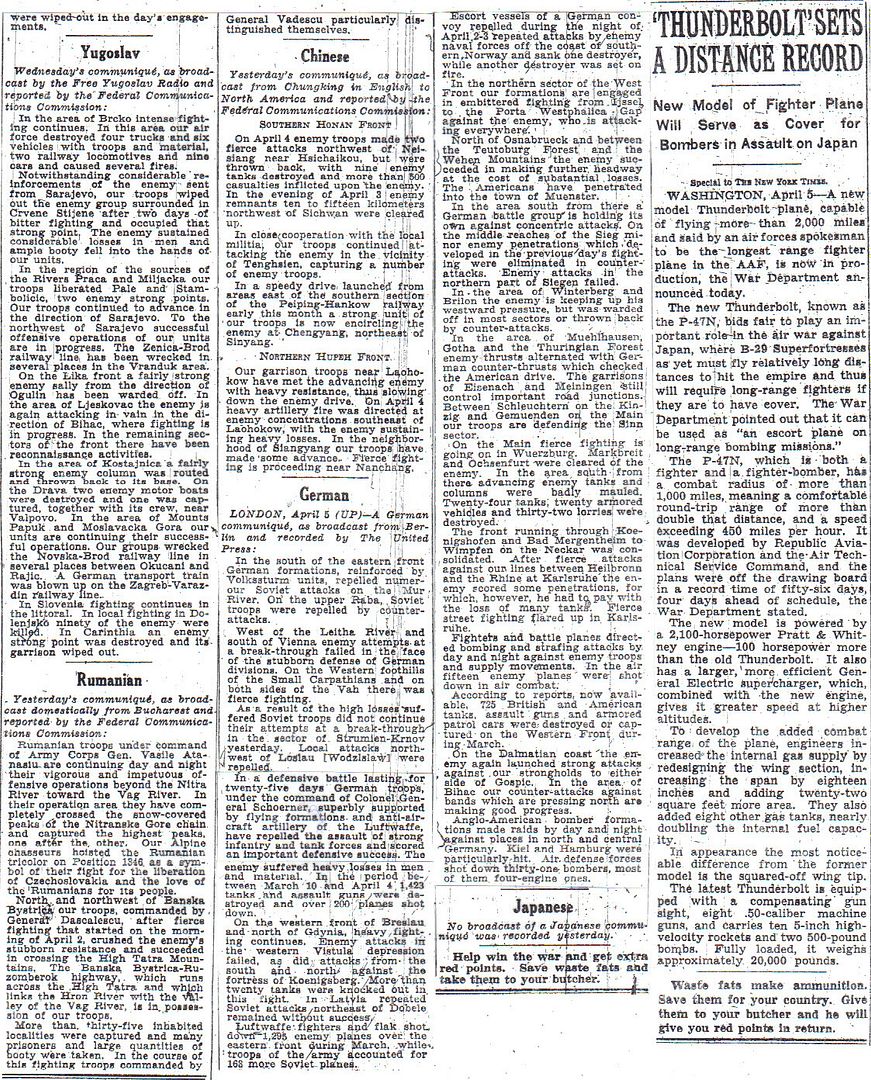
It was nice to see the shout-out to Temple Emanu-El. My wife and I were married there 34+ years ago.
They know TF 58 can sink any ship at will as Musashi was sunk, so there was no reason to believe it could ever reach Okinawa. Clearly, the correct military move would have been to hold Yamato for the final defense of the Home Islands.
Well, they’ve doomed hundreds of thousands of their soldiers and sailors in places like the Philippines, Iwo Jima, and Okinawa, so what’s a battleship, right?
Looks like alfa6 gave the correct answer in post #20.
That does not answer my question. I thought they came up from Marsellies. How did they end up on the other side of several armies?
On the death ride of the IJN were three Nisei, Ensigns Shigeo Yamada and Kunio Nakatani on board Yamato, and an Ensign Kuramoto on board light cruiser Yahagi which escorted Yamato. They had been born and raised in America to traditional Nisei families, and sent to Japan for schooling before the war broke out. They were more or less press-ganged into the IJN, where Yamada and Nakatani in particular reported a lot of persecution at the hands of their fellow officers.
The interesting thing about Yahagi is that she was more or less designed and built as an anti-aircraft cruiser consistent with the American Atlanta class ships. Her intended role was as an air defense platform, not so much surface fighting. Yahagi only lasted 12 minutes before she was left dead in the water, without electrical power, and leaking fuel oil. In all fairness, given the number of planes that swarmed over the Yamato task force, one Yahagi couldn’t last long. Once again, it wasn’t a matter of Japanese quality, it was quantity. They needed a dozen Yahagis to stand a chance.
There is some debate over the “legality” of the USSR break with Japan regarding their Non-Aggression Pact. The Pact called for an automatic renewal, the Soviet declaration was a notice of non-renewal. The interpretation given here is that a party to the Pact needed to give notice of non-renewal “in the year before expiration.” However, another interpretation (which was the Japanese interpretation) says the Pact stated notice was to be given “one year before it’s expiration.”
Under the Soviet interpretation, as given in the Times, the notice was properly given in year four of the Pact and the declaration of war in August was not a violation. The Japanese interpretation, which was understandably not given, would have given a one-year grace period from notice to hostilities.
In any event, the Soviet declaration of non-renewal should have made it quite clear to the Japanese that a deal had been cut at Yalta for the USSR to come into the war against them, not long after the defeat of Hitler’s Germany. That defeat looks to be only a few weeks off at best. Why the Japanese thought the Soviets would act as “honest brokers” for a peace deal in June and July is baffling to say the least. Denial is more than a river in Egypt, it appears to have been an integral part of Japanese culture.
Only American 7th Army and French 1st Armies staged through Marseilles. I think you are confusing 7th with 9th. If you look back at this German map from July 9, 1944, you can see where they identified the HQ of 9th Army still in England near Oxford.
Ninth Army entered the continent and was activated after 3rd Army had raced off to the east south of Paris. Since 3rd Army VIII Corps had been tasked with the reduction of the French port of Brest, and most of it's lead elements were racing toward Lorraine hundreds of miles away, 9th Army was activated, and took over command of VII Corps for the task of the reduction of Brest.
After that port fell, 9th Army was inserted between US 1st Army and British 2nd Army in October. It first starts showing up on German intelligence maps in early November, but they think it is in the Ardennes.
When 12th Army Group launches Operation Queen to clear the area between Aachen and the Rhine, and on their map of November 21, the Germans do know where it is.
Stalin knows the war is over. He is in the land grab stage - determined to grab as much land as he can before hostilities end. Manchuria looks tempting . . .
General Simpson got to play his get out of jail free card today. He is officially no longer under Monty’s command.
I bet they brought a few cases of champagne from France for that.
He actually had designs on Hokkaido and the northern part of Honshu, and was planning an amphibious operation to grab them.
Or a few kegs of liberated German beer.
Very interesting. So, we could have fought over North and South Japan during the Cold War?
The bombs wrecked those plans.
Yes, we could have had North Japan and South Japan in the Cold War. Talk about a major “suck.” Even after the surrender, the Soviet military representative in the Far East was making noises about having an occupation zone in Japan. MacArthur would have none of it, and neither would Truman. For one thing, the USSR hadn’t earned it.
But they grabbed Manchuria and by extension, all of China. So they can’t complain too much.
Yeah. A billions of people have been enslaved under communism ever since.
http://www.pbs.org/wgbh/americanexperience/features/general-article/pacific-john-chapman/
John Chapman and the Kamikaze Attack
On April 6, 1945, the first wave of ten coordinated kamikaze attacks began to hit the U.S. Navy’s Fifth Fleet off the coast of Okinawa. Ships in the Fifth Fleet had experienced suicide attacks before — but never on such a scale. The terrifying sight of Japanese pilots diving their planes into ships would become common over the next two and a half months. Aircraft carriers and battleships were supposed to be the main targets, but the ships that suffered the most damage were the destroyers and smaller vessels assigned to protect the fleet from incoming attacks.
Pilots Willing to Die
One such destroyer was the U.S.S. Newcomb. The Newcomb had seen combat before, at the Mariana Islands, Peleliu, Palau and in the Philippines. But it was at Okinawa that she would fight her fiercest battle. On board the destroyer was 21-year-old John Chapman, a First Class Boatswains Mate, and gun captain of a five-inch gun. Facing enemy pilots willing to give their lives to sink his ship struck him as almost incomprehensible.
“It didn’t make you feel good. I don’t know whether that’s ‘terrified’ or not, but it didn’t make you feel too well because of it, knowing that people would do a thing like that. You know, people we had always known weren’t like that. They were brave people and so forth, and they fight, but weren’t someone to just deliberately take their lives to take yours.”
Watching Kamikazes Attack
More than 300 kamikazes departed Southern Kyushu on April 6. Their target was the U.S. Fifth Fleet stationed in support of the battle being waged on Okinawa. As the Japanese pilots approached, they broke off into smaller attack groups. John Chapman was at his gun post at the stern of the U.S.S. Newcomb.
“There was probably 45 planes in the air. Well, it was a scary situation, because you knew that they were going to dive on you. You could be firing on the aircraft, and they’d come right on, just keep coming right on through that. And you’d see pieces flying over the planes and everything else, and they’d just keep right on a-coming.”
A Roaring Inferno
The Newcomb shot down four enemy planes. Five others hit the ship. Those on board who were not killed or injured fought desperately not only to put out the raging fires and repair damaged engines, but also to keep firing at an enemy dead set on sinking them. The scene aboard the Newcomb was repeated on many vessels of the fleet that day.
“It was hot. The fires were just raging totally out of control. Between the bridge and the afterdeck house, that’s a big percent of the ship. It was nothing but a roaring inferno. The flames were shooting. They said [it] was high as 1,000 feet in the air off the Newcomb.”
Overboard
Firefighters battling the raging fires forced John Chapman and an injured friend to jump overboard. There was no space left for them on the stern to remain. Chapman handed his life belt to the injured friend and, once in the water, towed him to the safety of a lifeboat. They were later rescued along with many others in the waters off Okinawa.
Aftermath
Ninety-one sailors were killed or wounded on the U.S.S. Newcomb. Many of those who were injured suffered devastating burns. But despite suffering at the hands of the five kamikazes, the crew of the Newcomb kept their vessel afloat and earned the Navy Unit Commendation and eight battle stars for World War II service. John Chapman would earn a bronze star for his service; years later, his view of his heroism is clear-eyed:
“People try to glorify wars and so forth. There’s people that do outstanding things, but there’s nothing really glorious about a war. You do wars to protect your country if you have to, and that’s the only time you should ever do it.”
Terrible Naval Losses
Nine more waves of kamikaze attacks hit the fleet off of Okinawa before the battle came to an end. Almost 2,000 Japanese pilots would willingly lose their lives in these attacks.
By late June 1945, close to 5,000 U.S. sailors had been killed and 5,000 more wounded by the Japanese suicide pilots. Thirty ships had been sunk and almost 400 others were damaged. The attack on the Fifth Fleet off Okinawa would mark the worst losses of World War II for the U.S. Navy.
The thing to keep in mind about China is there are so many Chinese, that if you took all the people in China and laid them end to end around the world, 70% of them would drown.
It’s true.
lol...
Disclaimer: Opinions posted on Free Republic are those of the individual posters and do not necessarily represent the opinion of Free Republic or its management. All materials posted herein are protected by copyright law and the exemption for fair use of copyrighted works.